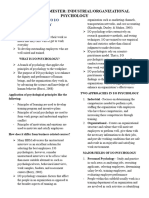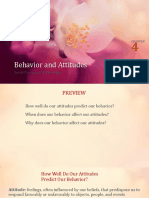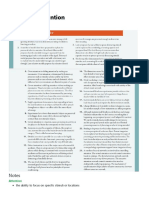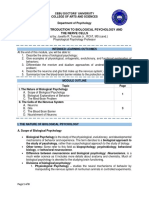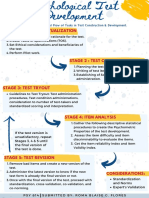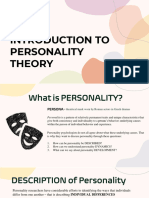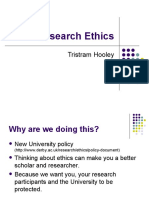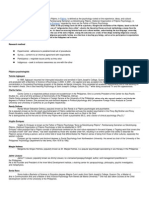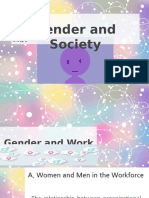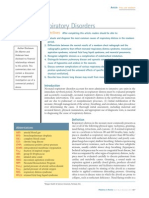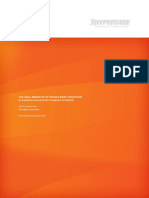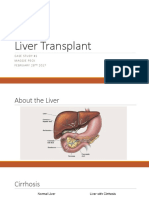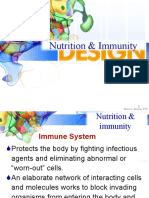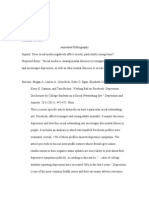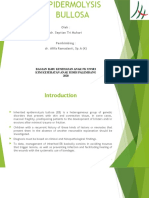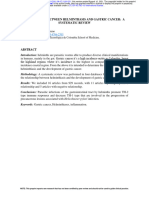0% found this document useful (0 votes)
339 views19 pagesField Methods in Psychology
The document discusses the mental health impacts of quarantine and isolation during the COVID-19 pandemic. It reviews literature showing that quarantine can cause stress, depression, fear and other negative mental health effects. Extended home confinement and conflicting information from authorities is likely to intensify distress. Suspected or confirmed COVID cases and healthcare workers can experience extreme psychological distress, anxiety, depression and increased risk of suicide. Discrimination and social stigma against those perceived to have the virus can also harm mental health.
Uploaded by
Hanny OlasoCopyright
© © All Rights Reserved
We take content rights seriously. If you suspect this is your content, claim it here.
Available Formats
Download as PDF, TXT or read online on Scribd
0% found this document useful (0 votes)
339 views19 pagesField Methods in Psychology
The document discusses the mental health impacts of quarantine and isolation during the COVID-19 pandemic. It reviews literature showing that quarantine can cause stress, depression, fear and other negative mental health effects. Extended home confinement and conflicting information from authorities is likely to intensify distress. Suspected or confirmed COVID cases and healthcare workers can experience extreme psychological distress, anxiety, depression and increased risk of suicide. Discrimination and social stigma against those perceived to have the virus can also harm mental health.
Uploaded by
Hanny OlasoCopyright
© © All Rights Reserved
We take content rights seriously. If you suspect this is your content, claim it here.
Available Formats
Download as PDF, TXT or read online on Scribd
/ 19




















